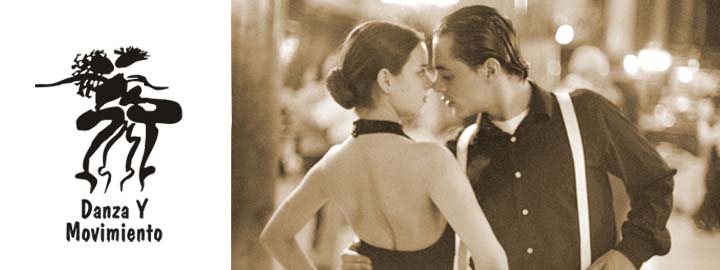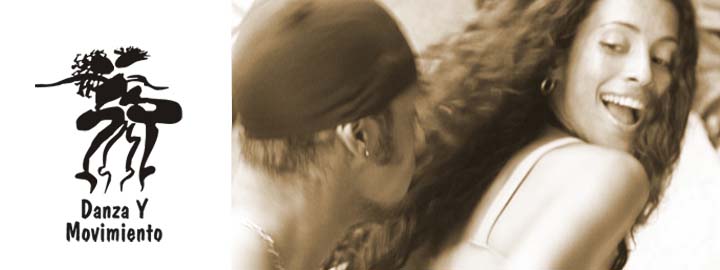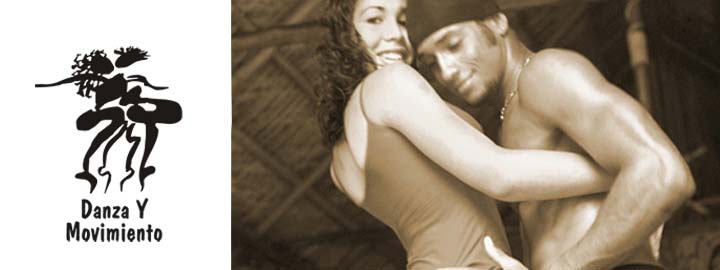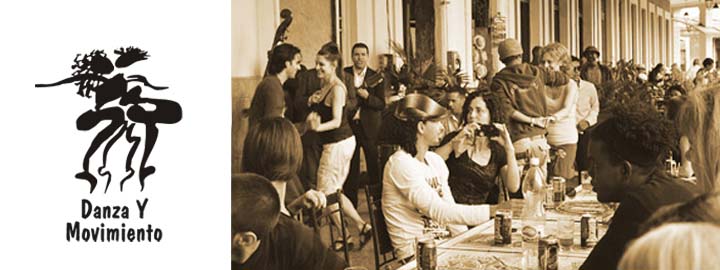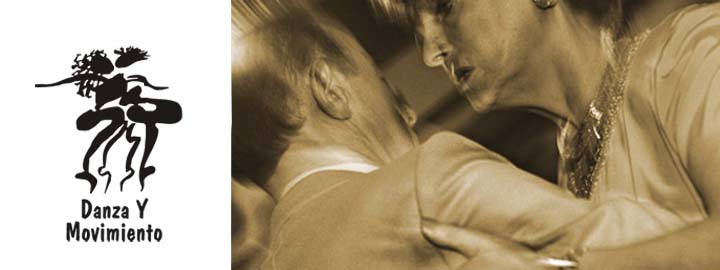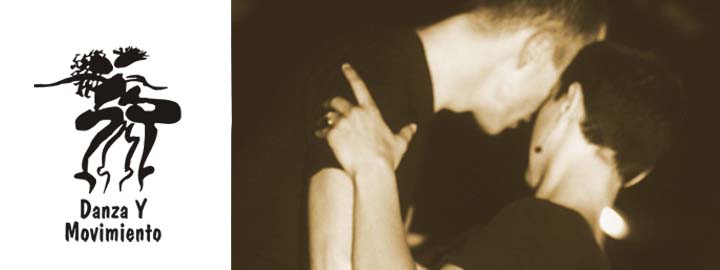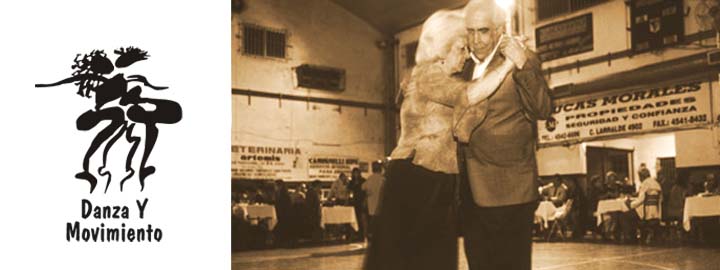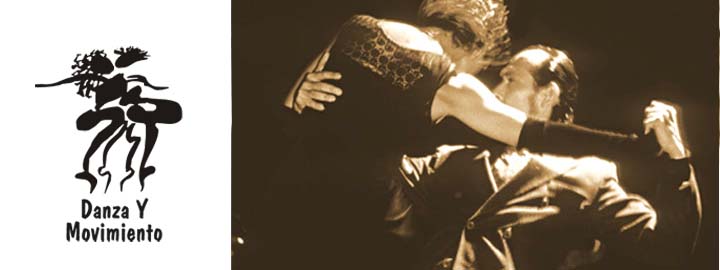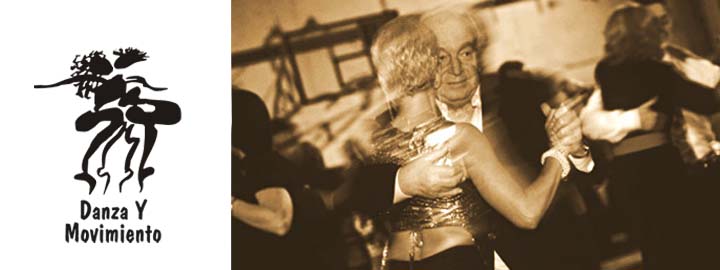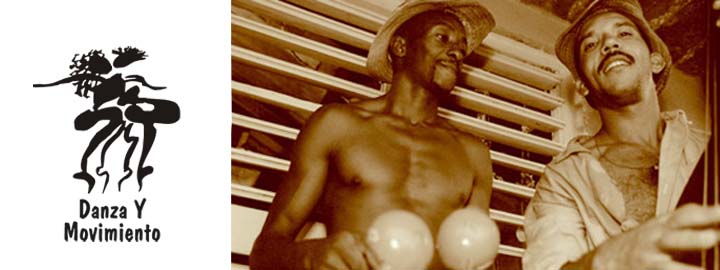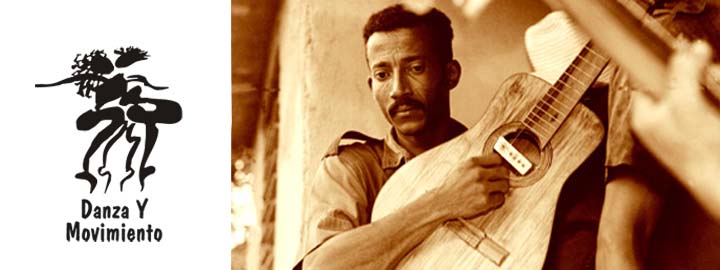Tango: Neotango: Cool Tango
Artist: Aureliano Tango Club
2006 | DYM
Details:
nicht verfügbar
Duration: 52 min.
Tracks
1 nieblas del riachuelo
Artist: aureliano tango club
Composer:
Author:
Publisher:
Record year:
Country:
ean:
lc:
isrc:
Composer:
Author:
Publisher:
Record year:
Country:
ean:
lc:
isrc:
2 romance de barrio
Artist: aureliano tango club
Composer:
Author:
Publisher:
Record year:
Country:
ean:
lc:
isrc:
Composer:
Author:
Publisher:
Record year:
Country:
ean:
lc:
isrc:
3 patotero
Artist: aureliano tango club
Composer:
Author:
Publisher:
Record year:
Country:
ean:
lc:
isrc:
Composer:
Author:
Publisher:
Record year:
Country:
ean:
lc:
isrc:
4 el abrojito
Artist: aureliano tango club
Composer:
Author:
Publisher:
Record year:
Country:
ean:
lc:
isrc:
Composer:
Author:
Publisher:
Record year:
Country:
ean:
lc:
isrc:
5 los cosos de al lao
Artist: aureliano tango club
Composer:
Author:
Publisher:
Record year:
Country:
ean:
lc:
isrc:
Composer:
Author:
Publisher:
Record year:
Country:
ean:
lc:
isrc:
6 milonga sentimental
Artist: aureliano tango club
Composer:
Author:
Publisher:
Record year:
Country:
ean:
lc:
isrc:
Composer:
Author:
Publisher:
Record year:
Country:
ean:
lc:
isrc:
7 absurdo
Artist: aureliano tango club
Composer:
Author:
Publisher:
Record year:
Country:
ean:
lc:
isrc:
Composer:
Author:
Publisher:
Record year:
Country:
ean:
lc:
isrc:
8 el tatuaje
Artist: aureliano tango club
Composer:
Author:
Publisher:
Record year:
Country:
ean:
lc:
isrc:
Composer:
Author:
Publisher:
Record year:
Country:
ean:
lc:
isrc:
9 flor de lino
Artist: aureliano tango club
Composer:
Author:
Publisher:
Record year:
Country:
ean:
lc:
isrc:
Composer:
Author:
Publisher:
Record year:
Country:
ean:
lc:
isrc:
10 maquillaje
Artist: aureliano tango club
Composer:
Author:
Publisher:
Record year:
Country:
ean:
lc:
isrc:
Composer:
Author:
Publisher:
Record year:
Country:
ean:
lc:
isrc:
11 pasional
Artist: aureliano tango club
Composer:
Author:
Publisher:
Record year:
Country:
ean:
lc:
isrc:
Composer:
Author:
Publisher:
Record year:
Country:
ean:
lc:
isrc:
12 los ejes de mi carreta
Artist: aureliano tango club
Composer:
Author:
Publisher:
Record year:
Country:
ean:
lc:
isrc:
Composer:
Author:
Publisher:
Record year:
Country:
ean:
lc:
isrc:
13 los ojos de palermo
Artist: aureliano tango club
Composer:
Author:
Publisher:
Record year:
Country:
ean:
lc:
isrc:
Composer:
Author:
Publisher:
Record year:
Country:
ean:
lc:
isrc:
Reviews
LA NACION 19/MAY/2005
In general, a trio made up of drums piano and double bass, suggests a jazz formation. But here nothing is what it seems to be. Even though, to imagine something from what you are actually seeing and then listen to something different is not the most interesting thing in this show. What is really attractive is how a repertoire of tango classics is performed: a good
voice, naturalness and hard work.
That is what makes it worth the trouble of going, on Fridays, to “Pan y Arte”. As a curious thing we shall
consider the fact that the protagonist, a boy who was baptized with a name which is easily remembered as well as easily forgotten: Aureliano, is a cordobian who has passed through cuarteto, jazz and bossa. But he never forgot his preference to tango. It was just a matter of time; until he found the format which best suited him to express himself whit this music. Only
then, he decided to set up his own project.
And here he is, once a week, at dinner time or a bit later. Most of the versions, in general tango classics
as “Tinta Roja”, “Las cosas de al lao” or “Mano a mano”, have termination details which are very well marked by a jazz sonority. This fact is not something new because this singer and double bass player was neither the first nor the last one in using this kind of resources. However, nobody can deny that this is a very personal work, with very well defined ideas and a long way to travel.
With a slight jazz touch
He offers a warm voice (the main attractive thing in his show, with carefully worked phrasing but without overusing common places), jazzy climates which are get from the brushes of the drums, the harmonies of the piano and the notes of the double bass, and a good discernment so as not to overload the arrangements.
Fortunately, the jazz touch appears just as a paintbrush, not as an essential part of the format.
The “Tango club” of this musician does not seek for a treatment of standards for the list of tango songs that he selects.
The most outstanding moments of the voice appear when the singer is alone and only accompanied by a guitar.
However, the most valuable thing is heard when he combines his throat with the instrumental trio.
The waltzes (“Absurdo”, “Flor de lino” or “Romance de barrio”) stand themselves as the most valuable versions but we can not outstrip the arrangements made for “Maquillaje”, “Por la vuelta” or “Niebla del Riachuelo”. A kind of hard-acid-milonga-jazz constructed by the trio over the lines of poetry of
“Los ejes de mi carreta” is also heard at the end of the show as a farewell. MAURO APISELLA.-
www.aurelianotangoclub.com.ar
---------------------------------------
AMBITO FINANCIERO 10/MAY/2005
Marín: An excellent tanguero is born
(foto) The young cordobian musician Aureliano Marín shows himself as an original tanguero who does not betray the tradition of the genre.
Aureliano Marín has the virtue of not being like anybody else without losing his hard step in the tradition. Many of the resources that he uses has already been used before; it has been proved with the combination of tango and jazz; like many other singers, he has a very nice voice with registers that have a tendency to the deep, like many others, also, he belongs to the singing genre accompanied by guitar and yet by a trio made up of double bass, piano and drums; and like other singers, but not so many, he engages in a dialogue with the instruments that he plays. But what is actually surprising is finding in
this young cordobian artist combination of aspects, which are apparently very different from each other, all together. In his place of birth , Córdoba, he played `cuarteto´ and other popular genre, but what brought him to Buenos Aires was tango and his desires of finding new paths without sticking to the norm.
Marín divides his concert in three parts: two of them, at the beginning and at the end, with the trio, and
one in between exclusively with his guitar. And he always comes out successfully, with a repertoire that
goes from the best known clasics (“Barrio de Tango”, “Toda mi vida”, “Malena”, “Como dos extraños”, “Flor de lino”, “Nieblas de Riachuelo, “Mano a mano”, etc.)
to less known titles. The most interesting thing appears when he sings with the trio, because he had found a personal way of fixing the project; from the arrangements that play with jazz harmonies to the beats of the drums with brushes. And from there, we have to stand out his formidable performances of “Como dos extraños” and “Maquillaje”.
RICARDO SALTON
Marcelo Kohan, 20060516
[Form ReviewForm not found!]
